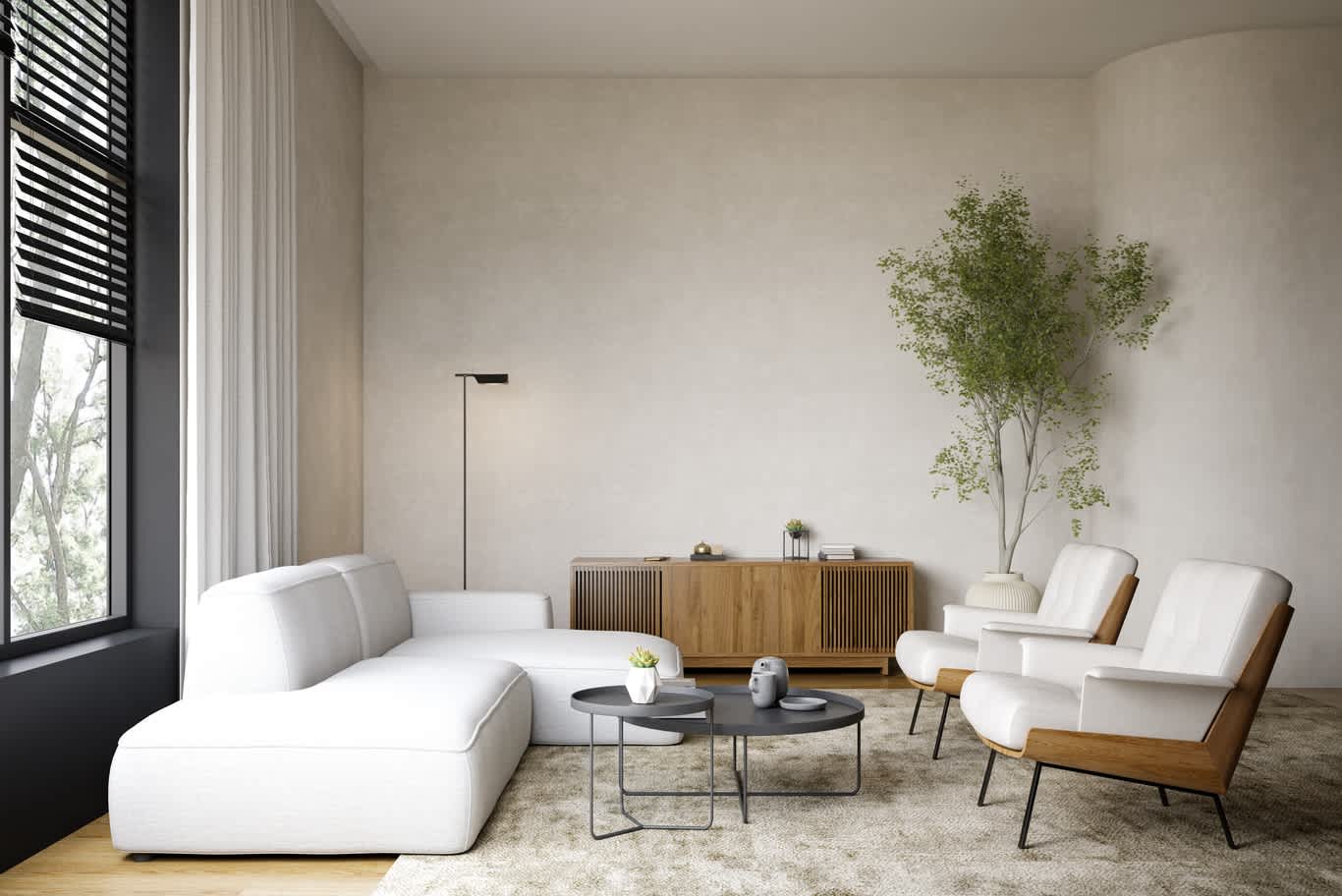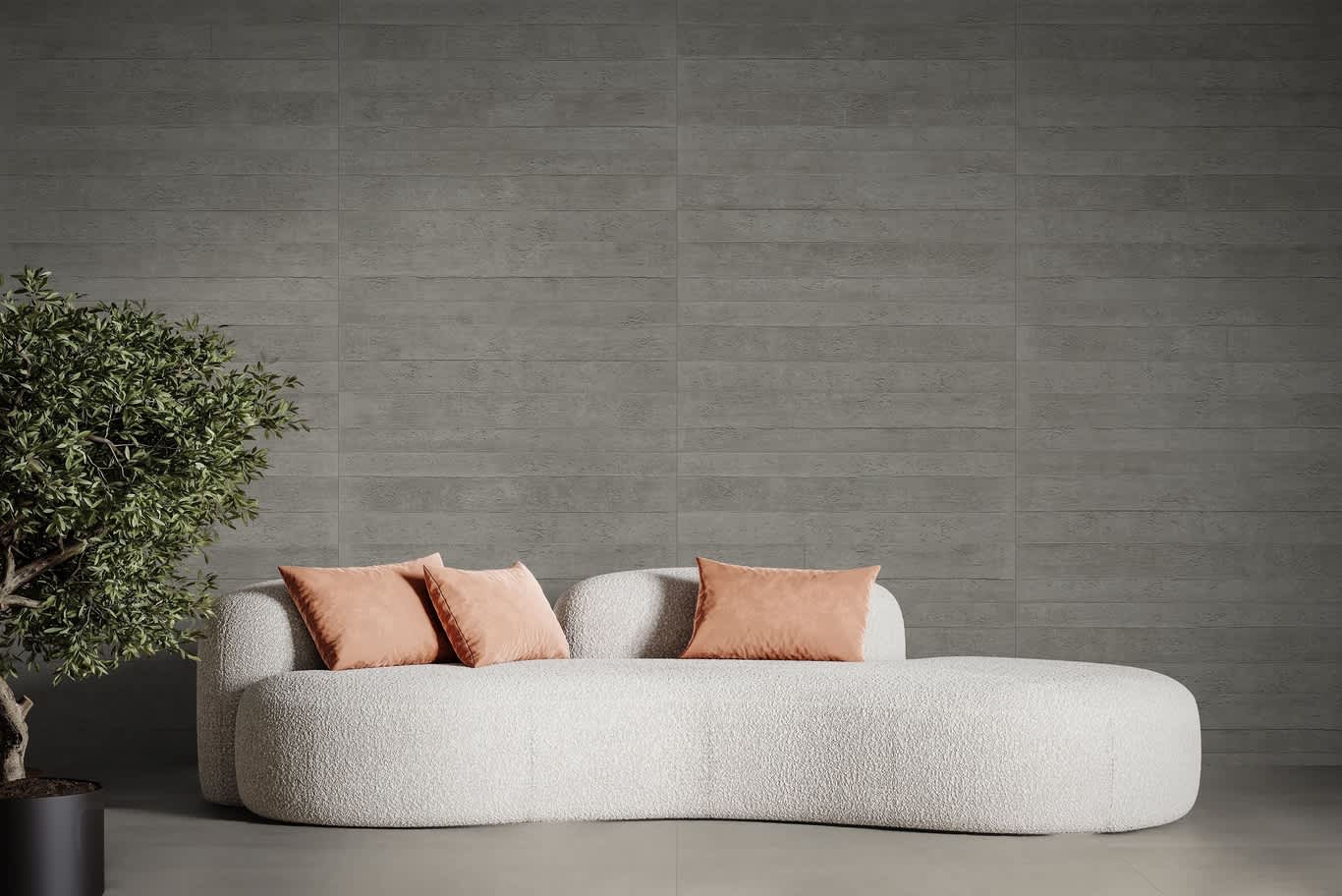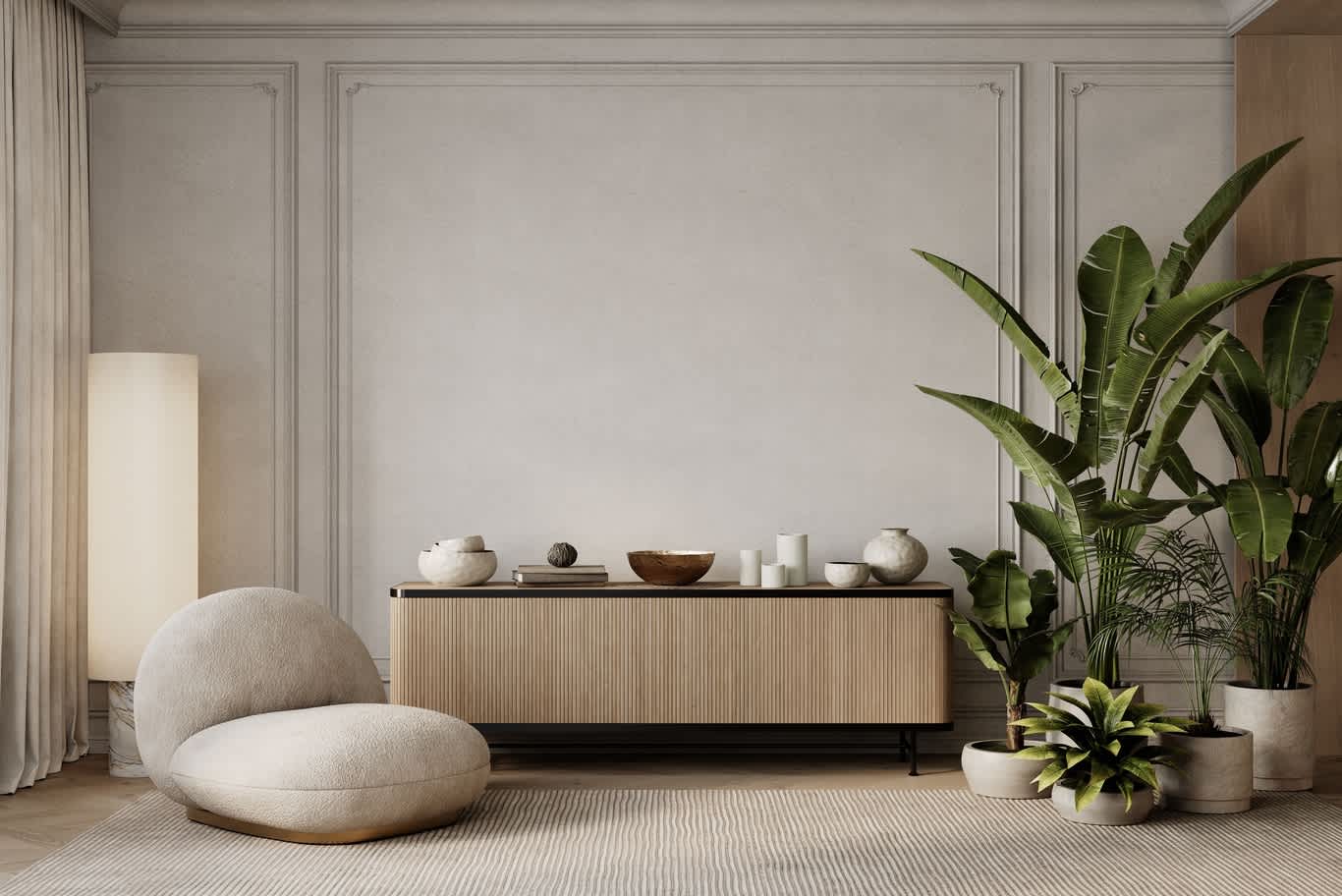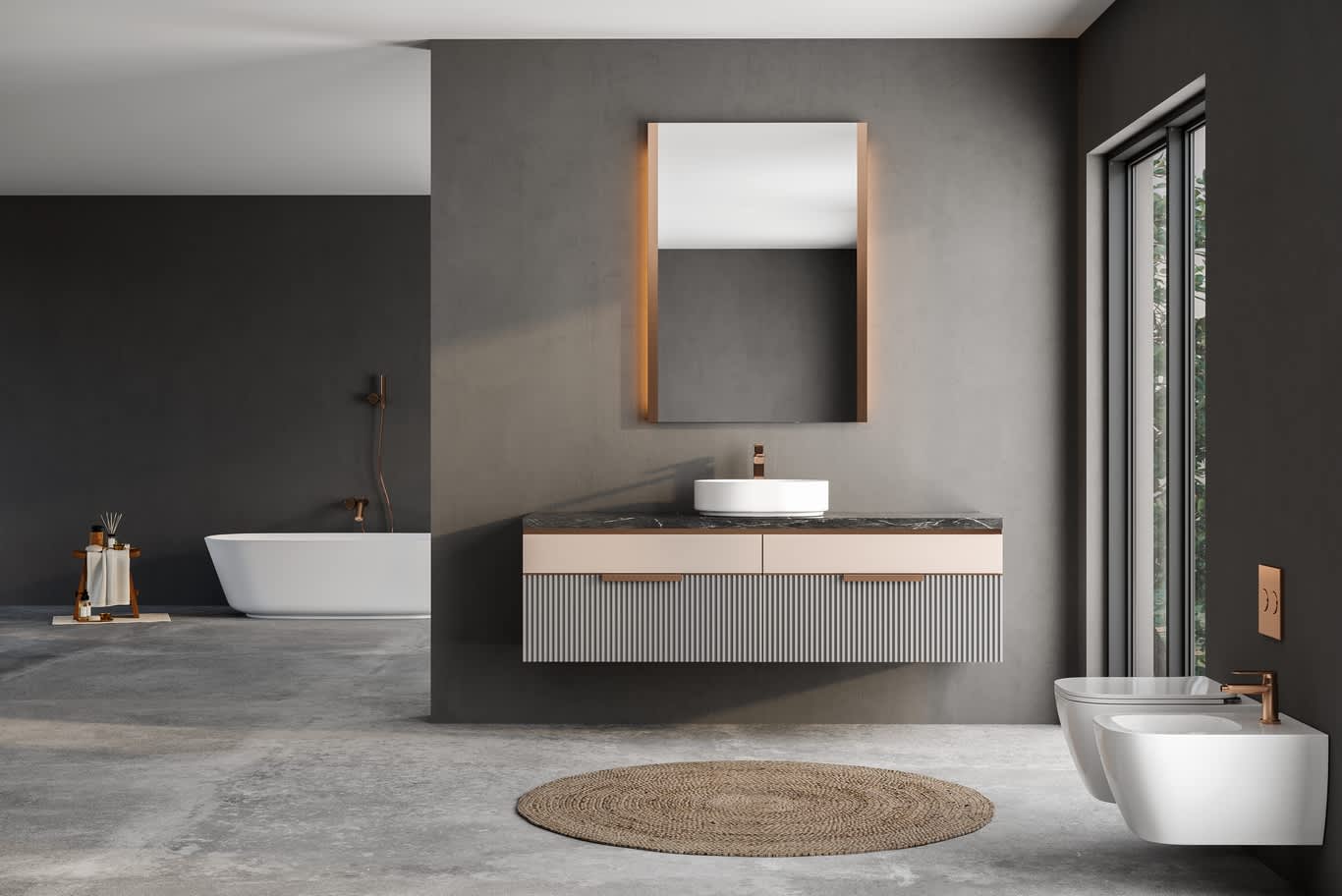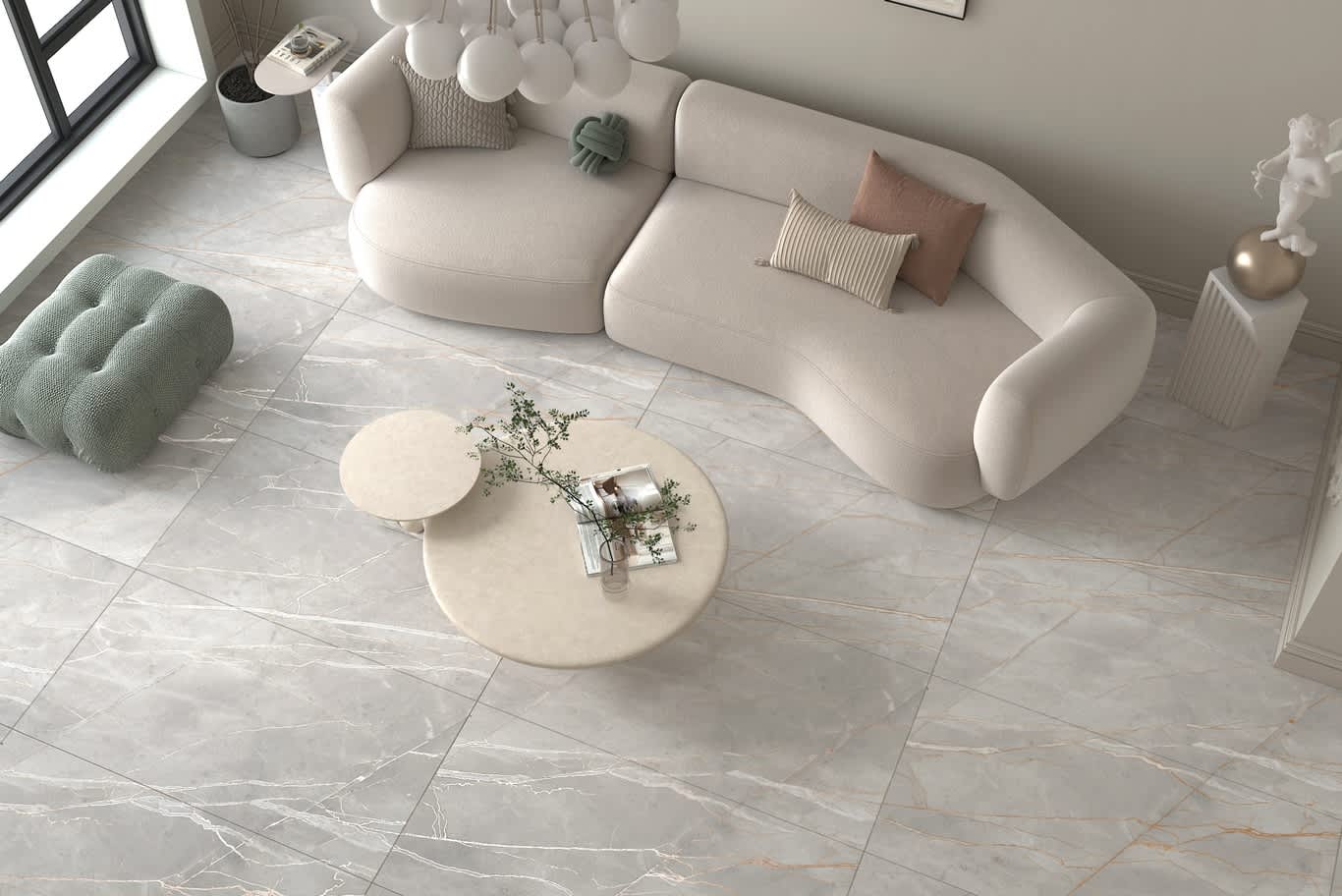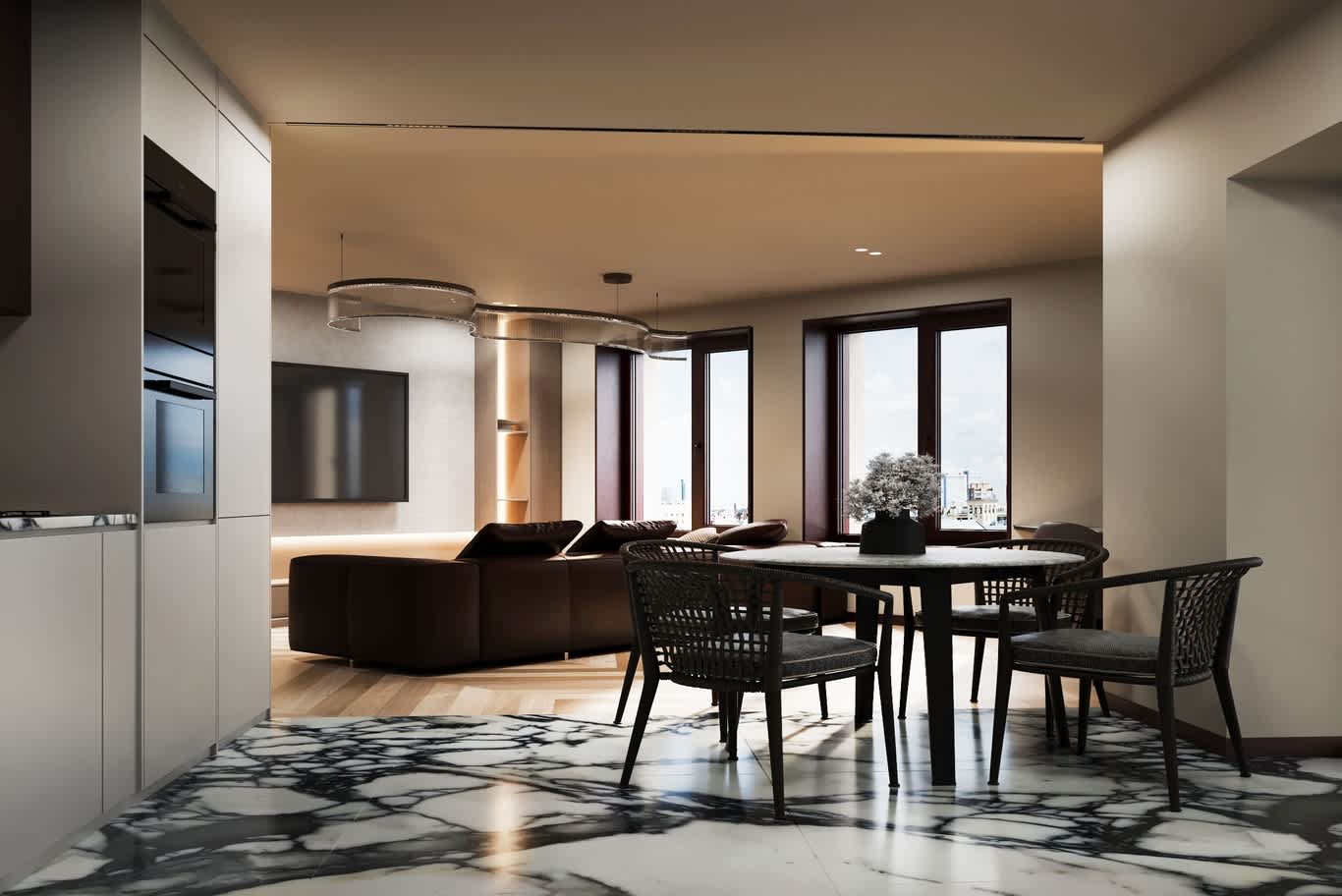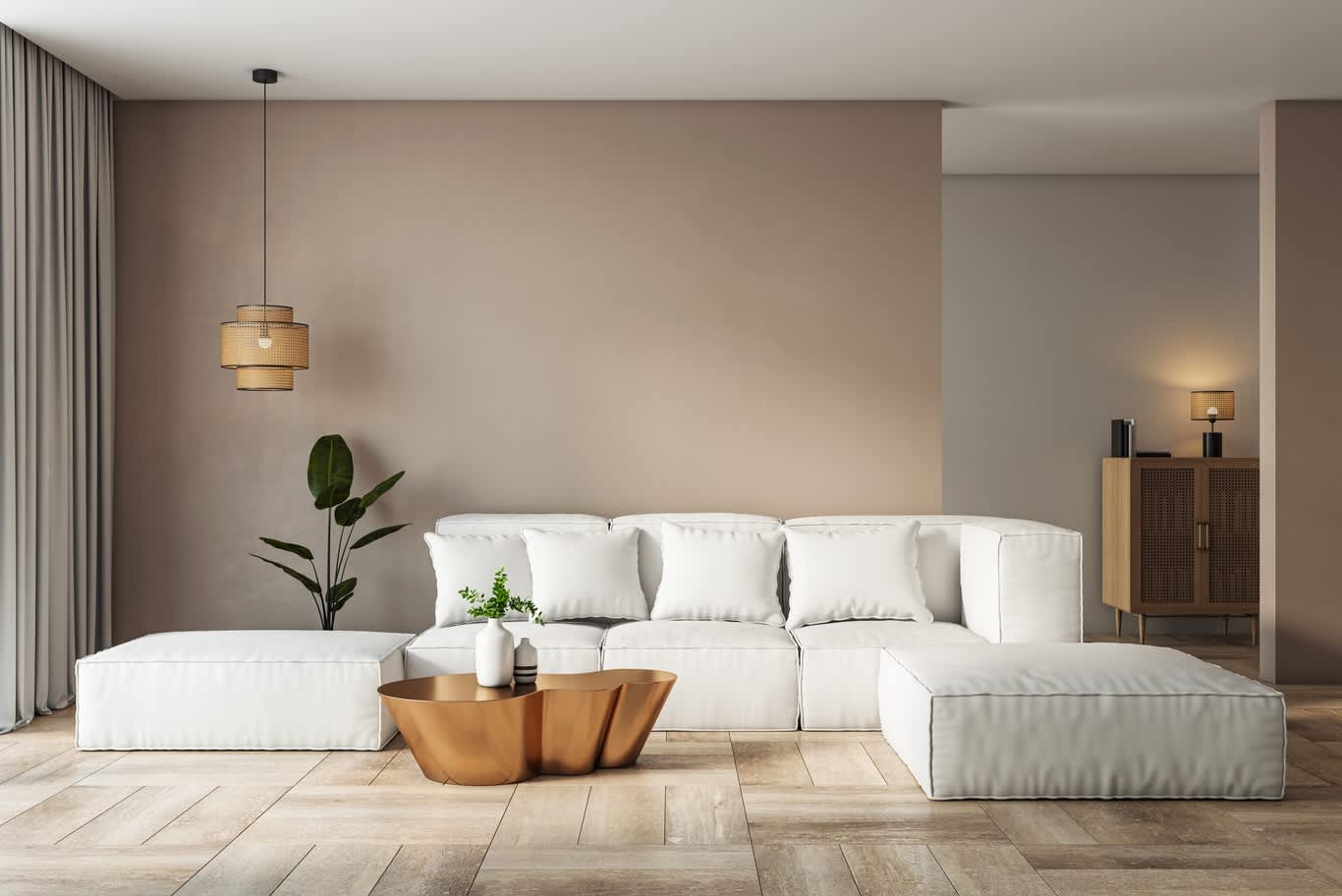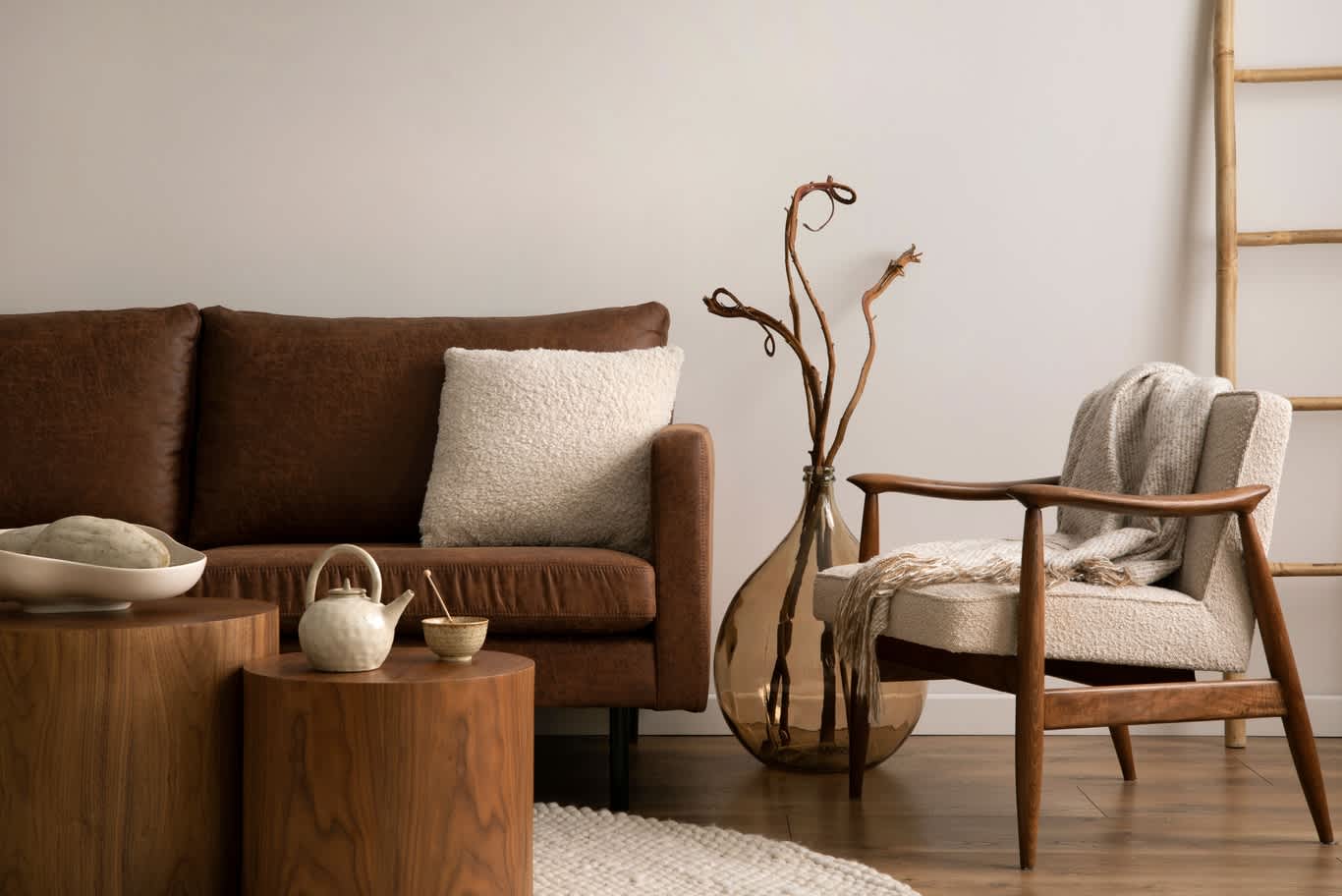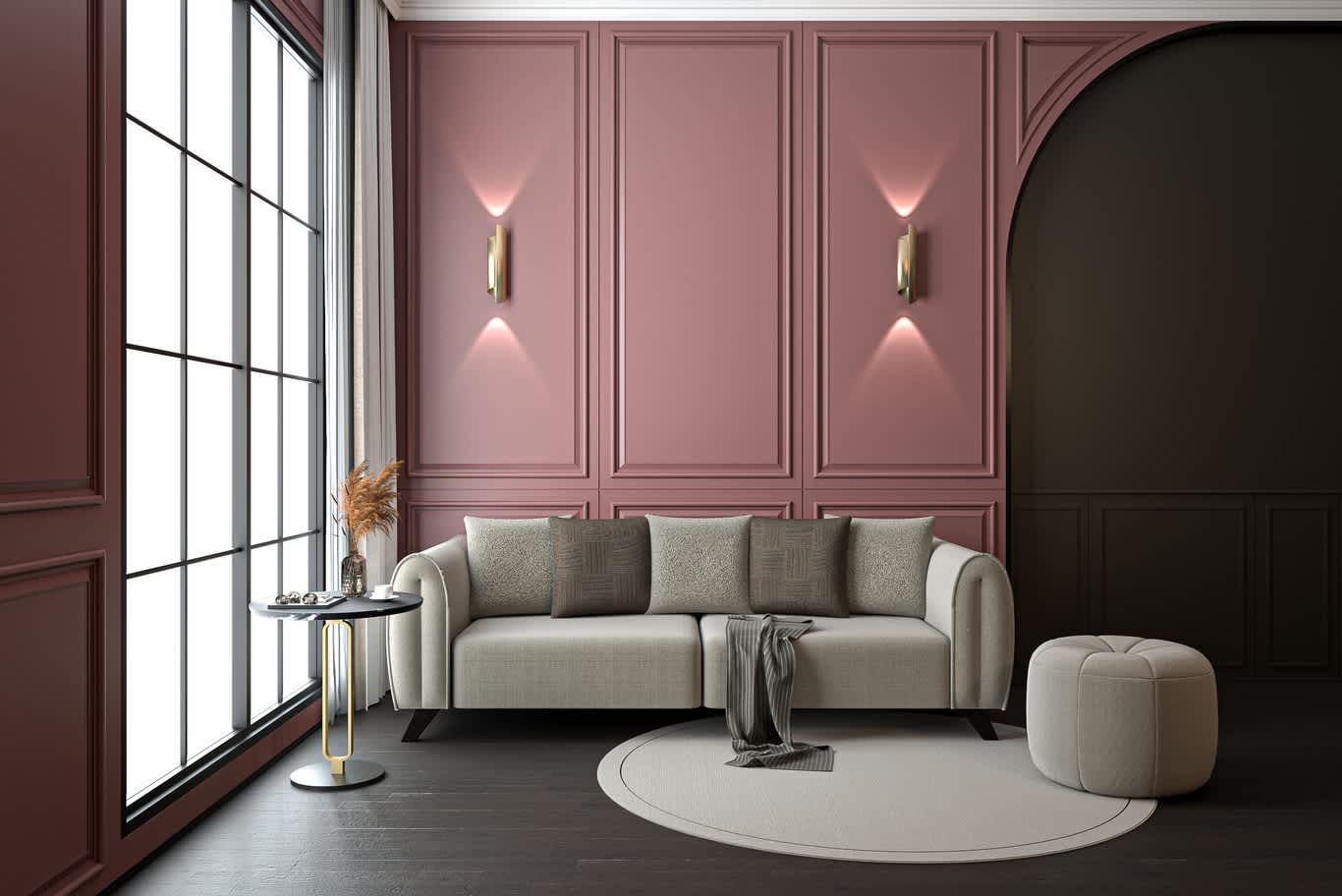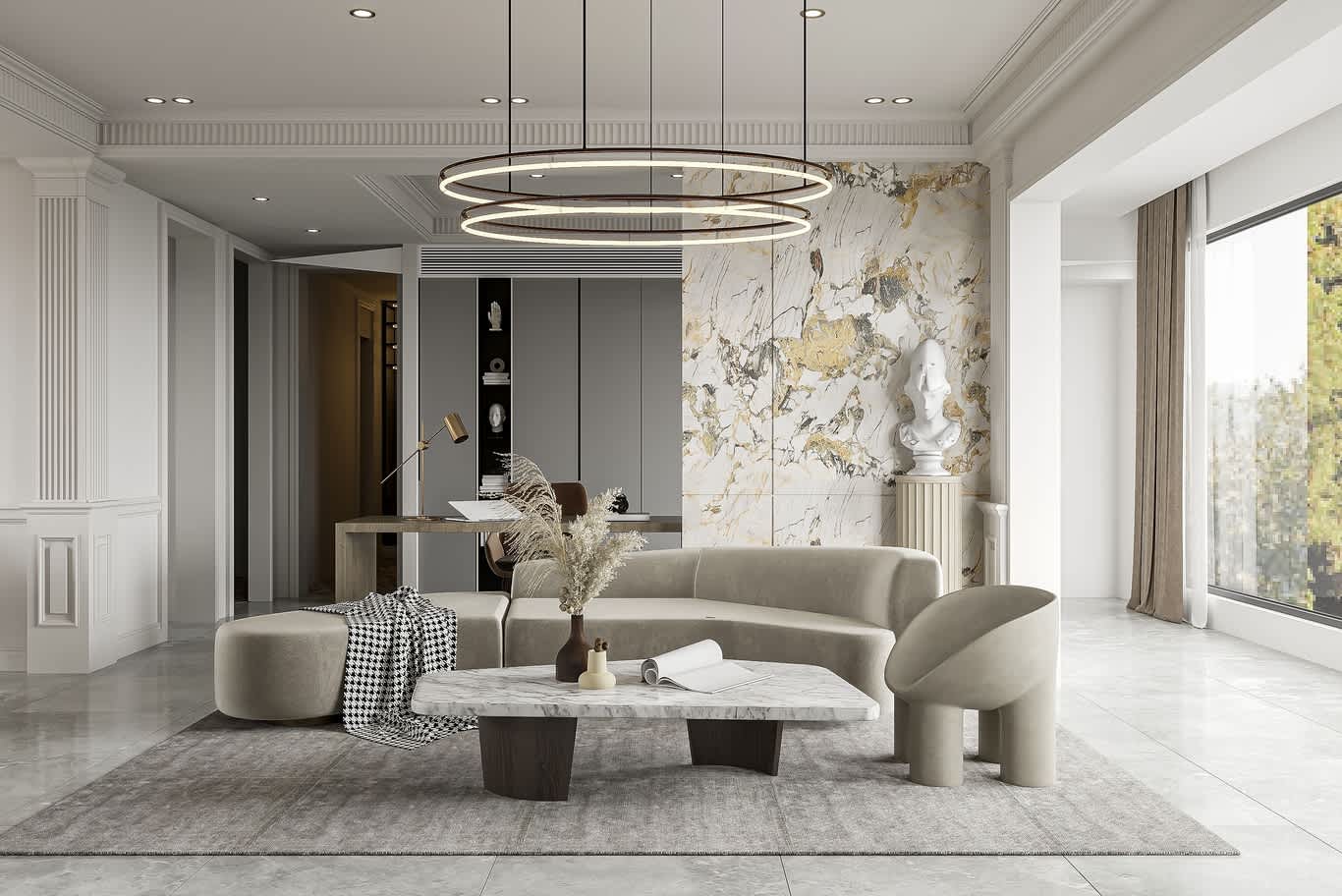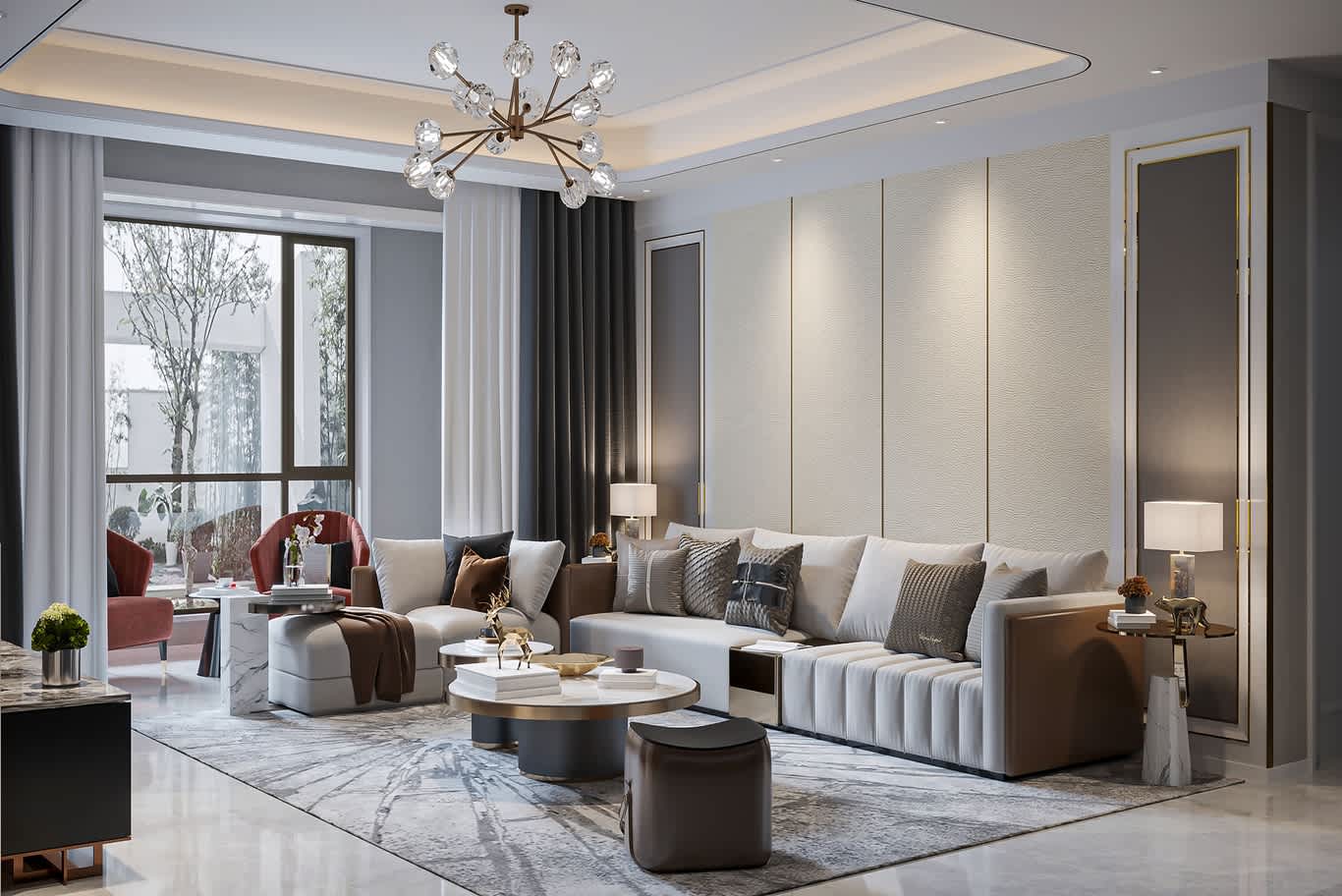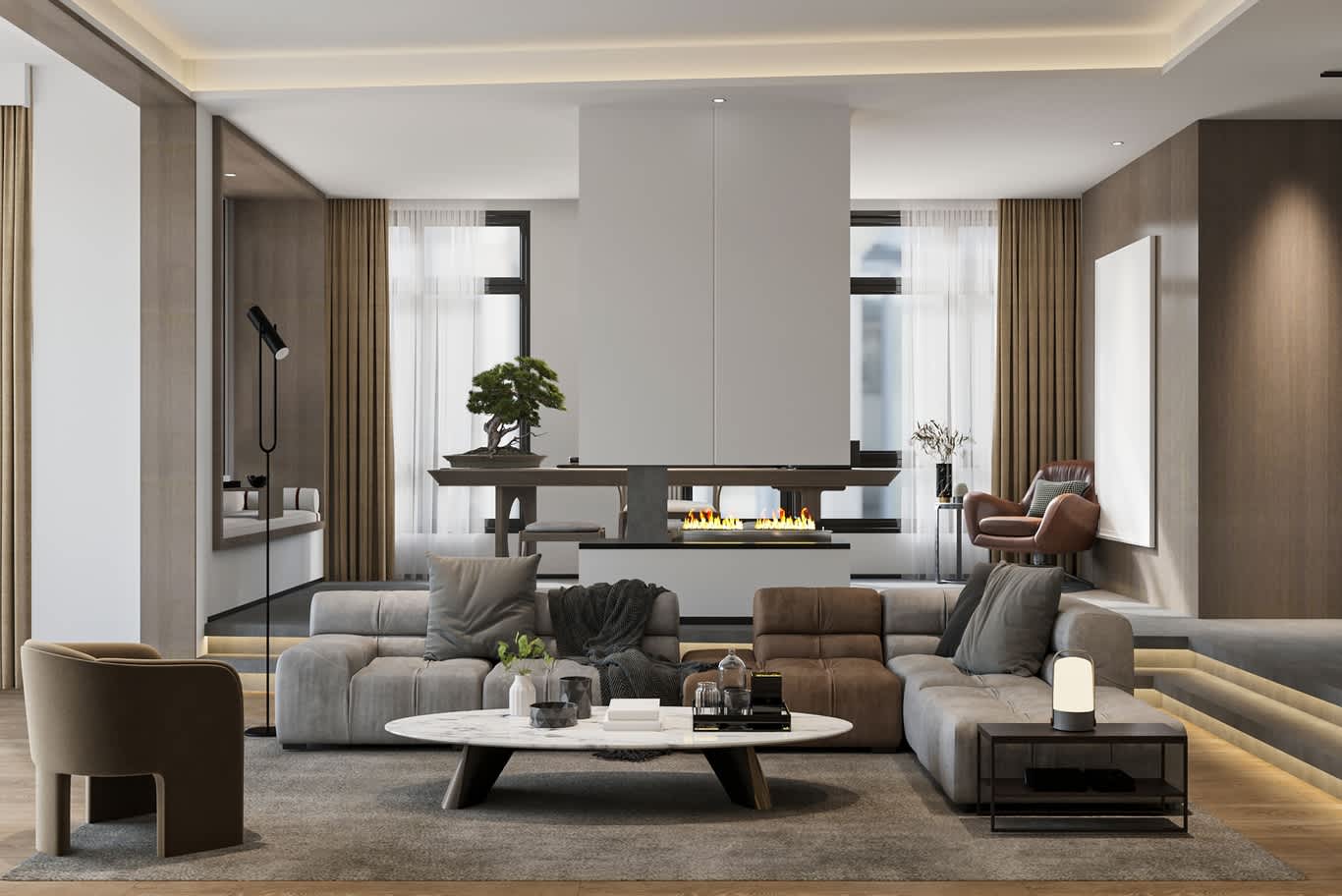Home Page | Blog | Budget Breakdown: Where to Spend vs. Save in Interior Design
Budget Breakdown: Where to Spend vs. Save in Interior Design
7/2/2025
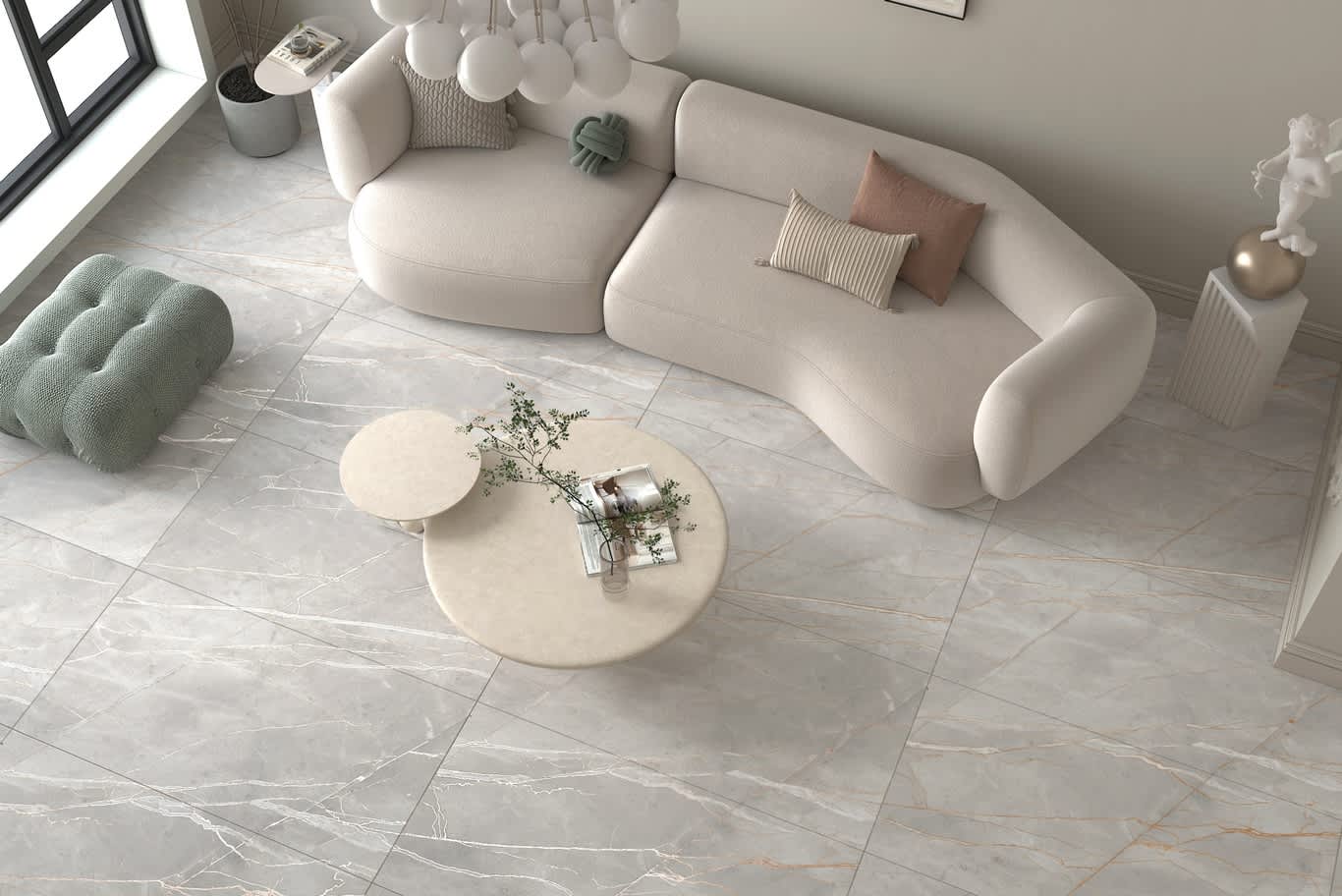
Interior design shapes more than how a space looks—it influences how it supports daily life. Whether in a residential or commercial setting, design decisions affect usability, atmosphere, and long-term maintenance. Budget plays a pivotal role in determining how design goals are realized. Informed spending adds value. Misplaced priorities often lead to regret, redesign, or avoidable expenses down the line.
When hiring an interior design company, many clients assume more money equals better results. That is not always true. An experienced team focuses on strategy—deciding what deserves investment and where sensible alternatives can be used. Even for independent projects, following a similar framework offers direction and control.
Interior design companies are more than providers of aesthetic ideas. Most firms handle layout planning, materials sourcing, contractor coordination, and budget forecasting.
Their experience across multiple project types gives them insight into market pricing and material performance. However, not all firms operate the same way. If you're searching for a reliable team, these 12 expert tips for hiring interior design companies in Dubai provide a solid foundation for evaluating service quality and suitability.
The key to effective budgeting lies in knowing where to spend confidently and where to reduce costs without compromising the outcome. Below is a strategic guide to help you navigate that balance.
What Are the Essentials Worth Spending On?
The following elements directly influence how a space functions, wears over time, and maintains its value. These are not areas for shortcuts.
1. Primary Seating
Sofas, sectionals, and lounge chairs used daily are central to both comfort and visual balance. Their construction affects posture, durability, and overall satisfaction. Low-quality alternatives lose their shape, squeak, or flatten quickly.
● Recommended Investment: Solid wood frames, sinuous springs, and high-resilience foam
● Key Question: Will this hold up to everyday use for the next 5–10 years?
2. Lighting Systems
Lighting sets the tone in every room. Well-planned illumination is both functional and atmospheric. Many interiors fail not due to poor furnishings, but because of insufficient or uneven lighting.
● Recommended Investment: Ambient + task + accent layers in each space
● Key Question: Does each room have the right lighting temperature and coverage?
3. Flooring Materials
Floors are exposed to daily wear and spills. Poor material choice leads to scratches, warping, or discoloration. Repairing or replacing flooring is disruptive and costly.
● Recommended Investment: Hardwood, porcelain tile, or premium vinyl planks
● Key Question: Will this flooring still look good after 10,000 steps?
4. Kitchen and Bathroom Cabinets
Cabinetry is one of the most functional elements in a home. Doors and drawers are opened hundreds of times a week. Materials, hinges, and hardware all affect long-term quality.
● Recommended Investment: Plywood construction, soft-close hinges, durable finishes
● Key Question: Can this cabinetry handle moisture, daily traffic, and time?
5. Custom Storage
Custom wardrobes, shelving systems, and built-ins reduce clutter and improve organization. Off-the-shelf storage rarely fits well or uses space efficiently, especially in awkward layouts.
● Recommended Investment: Spaces with non-standard dimensions or specialized needs
● Key Question: Will this improve daily functionality and reduce future mess?
6. Window Frames and Treatments
Poor-quality window systems impact insulation and security. In large spaces or regions with temperature fluctuations, investing in proper frames and double glazing is essential.
● Recommended Investment: Windows in main living areas or large panes exposed to sun
● Key Question: Does this reduce energy loss and improve thermal comfort?
Where Can You Save Without Sacrificing Style?
The following elements allow more flexibility. Savings here can be reallocated to more critical areas.
7. Accent Furniture
Side tables, bar stools, and decorative chairs are rarely used as primary seating or surfaces. Design can outweigh material in these areas.
● How to Save: Choose from mid-range collections or discounted seasonal items
● Smart Approach: Mix in vintage or secondhand items for character
8. Wall Paint and Decorative Panels
Premium paint brands can charge double without offering noticeable performance improvement in standard rooms. Preparation and skilled application matter more than the product alone.
● How to Save: Use affordable paint for standard walls; reserve premium options for kitchens, bathrooms, or areas requiring special finishes
● Smart Approach: Opt for a neutral base and experiment with color through accessories
9. Decor and Accessories
Vases, candles, cushions, and even art can be sourced from high-street retailers or online markets. Swapping them seasonally allows for refreshment without large expenses.
● How to Save: Use mass-market items creatively
● Smart Approach: Personal photos, travel souvenirs, or DIY frames can offer character without cost
10. Curtains and Drapery
Custom curtains are expensive. Ready-made alternatives can appear just as elegant when properly installed. Elevating the rod and using longer lengths creates the illusion of taller ceilings.
● How to Save: Choose neutral or textured fabrics that blend easily
● Smart Approach: Hem off-the-shelf curtains or double up panels for a fuller effect
Planning Strategy: How to Structure a Realistic Interior Design Budget
Budgeting is not just a spreadsheet. It’s a prioritization exercise. Design plans can only move forward if resources are directed wisely.
Step 1: Break Down the Space
Define the scope. Is the focus one room, an entire home, or selected zones like kitchens and bathrooms? Clarity on project range determines cost estimation.
Step 2: Assign Budget Categories
Create separate categories: furniture, flooring, wall treatments, lighting, accessories, installation. Assign percentage ranges to each based on project goals and lifestyle needs.
For example:
● Furniture: 30%
● Surfaces (flooring, paint, tile): 25%
● Lighting and electrical: 15%
● Storage solutions: 10%
● Accessories and decor: 10%
● Labor and logistics: 10%
Step 3: Phase the Project
There is no rule saying a space must be completed all at once. Prioritize spaces with the most immediate need or highest traffic. Bedrooms and guest rooms can often wait.
Step 4: Expect Flexibility
Market prices vary, especially in materials like wood, stone, or lighting systems. Always keep a 10–15% buffer for adjustments and unexpected costs.
For those seeking structured, results-focused guidance from experienced professionals, it may help to explore top interior design companies in Dubai recognized for their award-winning work in residential design.
These firms often offer budget-focused planning alongside creative execution.
Frequently Asked Budgeting Questions
How much should I spend on interior design overall?
A common range is 7–15% of the total property value, depending on the scope and level of customization.
Is hiring an interior designer worth the cost?
For complex projects or when time is limited, designers can prevent costly mistakes and access trade pricing. For smaller projects, consultation packages or hourly guidance may be more suitable.
What’s the most important item to invest in?
The most-used pieces—seating, flooring, lighting—often justify the highest spend due to daily wear and longevity.
Can I mix high and low budget items in the same room?
Yes. That approach creates balance and interest. For example, a designer dining table can pair with simpler chairs or vice versa.
Conclusion
Interior design budgeting is not about rigid limits. It is about allocating funds where they matter most and knowing when to be flexible. By understanding the role each element plays in a room, better decisions follow naturally.
Spending does not guarantee satisfaction. Strategic planning does. Start with use, not style. Invest where impact is lasting. Save where appearance can be matched for less.
Need guidance creating a realistic design budget?
Connect with our team for honest advice and strategic solutions.
We help you focus your investment where it truly pays off.
FREE
CONSUL
TATION
FREE CONSULTATION
TELL US ABOUT YOUR PROJECT
WE WOULD LOVE TO HEAR FROM YOU
Feel free to reach us via this contact form and one of our Design Consultants will get back to you at earliest.
OUR BRANCHES
UAE - DUBAI
+971 52 8111106 | hello@algedra.ae
TURKEY - ISTANBUL
+90 533 701 89 71 | info@algedra.com.tr
Leading Interior Design and Decor Company in Dubai and Abu Dhabi.
Algedra is a reputable, internationally recognized, and one of the most successful interior design companies in Dubai, and Abu Dhabi, which specializes in delivering interior design, architectural, and creative space planning projects throughout GCC, MENA, North Africa, Turkey and Russia.
Algedra is a one-stop solution for all your residential interior design and fit-out needs. We have successfully completed numerous villa interior and exterior design projects, where we integrated quality and originality to deliver interior masterpieces.
ALGEDRA, Interior Design Company in Dubai, is specialized in providing elegant and stunning interior design services for both residential and commercial projects. We turn our clients' dreams into reality, trans- lating their tastes and needs into beautiful and functional spaces.
Since the day we were founded, we have designed and built many branded residences, resorts, hotels, multi-purpose social spaces, and palace designs with different functions and concepts by following the ever-changing design trends over the world.
A key element of our work is a fusion of different cultures and designs, combining Greek, Italian, Eastern and Western influences with British innovation.
As a team of highly qualified interior designers and engineers, Algedra offers complete architectural services from mall design to corporate office design as well as the exterior design of any project based on customers' needs.
Our customers include leading names, we have completed diverse projects in hospitality, landscape, commercial, and residential designs. These projects contain cafes, restaurants, gym, villas, family sitting rooms, bedrooms, kitchens; all showcasing our company's exquisite details and high-end designs.
Residential Interior Design in Dubai
Algedra's interior designers and architects have an important mission: building villas, houses, apartments, condos, and anywhere else where you reside that will fulfill your needs while being structurally safe and sound.
Architectural Designs
There are so many details that go into designing an architectural design project. Every step of the project has been carefully considered for safety and daily comfort by Algedra's experts.
Commercial Design
Conceptualizing spaces for business, to elevate style, and to increase functionality to help enhance the bottom line of a company is vital, as well as employee comfort and interior design too. Our commercial interior designers translate client's concept in ways that are efficient, attractive and provide professional workspaces.
Fit-out Projects
Algedra Interiors delivering high-quality tailored fit-out projects that transform your villas, palaces and commercial spaces.
We're a passionate team of interior designers, architects and engineers. Every day we help clients to solve interior design problems and create engaging spaces!
Wherever you are in Kuwait, Saudi Arabia, Azerbaijan, Qatar, Morocco, Algeria, Tunisia, Libya, Egypt; don't hesitate, contact us to find out more about why we are one of the best interior design companies in Dubai and Abu Dhabi!
